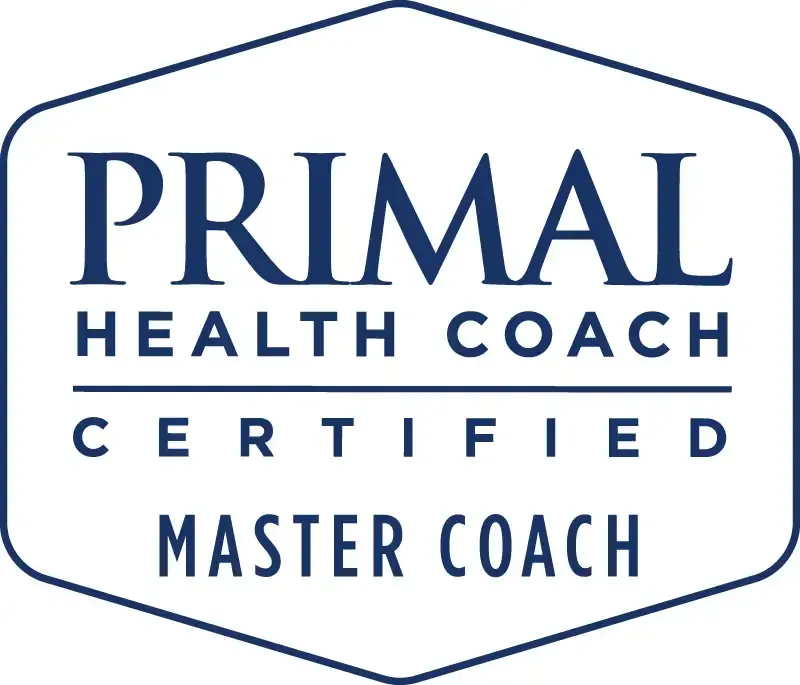
Keys vs. Price: The Nutrition Battle That Still Shapes How We Eat
You Can Trace So Much of Modern Ill Health Back to Two Men
One gave us margarine.
The other gave us liver (to eat, that is).
One shaped government guidelines, school lunch menus, and heart health protocols still used today.
The other disappeared into obscurity, only to be rediscovered decades later by farmers, dentists, barefoot runners, and kitchen alchemists.
This is the story of Ancel Keys vs. Weston A. Price — a story that still determines what we’re told to eat, what we fear, and what we’re slowly starting to remember.
The Architect vs. The Anthropologist
Ancel Keys was a confident, combative American physiologist who spent much of the mid-20th century studying cardiovascular disease. Best known for his Seven Countries Study, he was the father of the lipid hypothesis — the idea that saturated fat causes high cholesterol, which in turn causes heart disease.
His work led to the demonisation of animal fats and the rise of margarine, cereal, and low-fat everything. His theories, though now heavily contested, became nutritional orthodoxy for more than 50 years.
Weston A. Price, by contrast, was a quiet, curious dentist who, in the 1930s, set out on a global journey. He wanted to understand why people in his Cleveland dental practice had such crowded teeth, narrow jaws, and rampant cavities — and whether it had always been this way.
What he found astonished him: isolated indigenous and traditional communities all over the world with wide dental arches, strong immunity, and vibrant mental health — as long as they hadn’t been exposed to “modern” foods like white flour, refined sugar, tinned goods, and seed oils.
Different Questions. Different Worlds.
Ancel Keys asked:
What causes heart disease in industrialised men?
Weston Price asked:
What makes humans robust, vibrant, and resistant to disease in the first place?
One zoomed in on mortality and measurement.
The other zoomed out to include development, fertility, immunity, and community.
Keys’ work was quantitative — cholesterol levels, heart attacks, autopsies.
Price’s was observational — he carried a camera, not a cholesterol test. But the images speak volumes.
The Data Dilemma: Cherry Picking vs. Pattern Recognition
Ancel Keys launched the Seven Countries Study in the 1950s. What most people don’t realise is that he began with 22 countries — and selected only 7 for his published work. Why? Because those 7 best supported his theory that saturated fat causes heart disease.
He left out countries like France (high fat, low heart disease) and Switzerland (plenty of dairy and meat, but low mortality). The data that didn’t fit the narrative was quietly ignored.
The result? An elegant, compelling graph — and a generation of health guidelines built on sand.
Weston Price, meanwhile, didn’t have graphs. He had faces.
Photos of children with wide jaws, no braces, no decay — eating local, seasonal, nutrient-dense food including raw milk, organ meats, fermented foods, and cod liver oil.
And then he had comparison photos: those same people’s siblings or neighbours who had access to shop-bought white bread and sugar. Within a generation, Price documented changes in facial structure, cavity rates, and even behaviour and chronic disease.
Who Got More Influence? And What Happened Next?
Let’s be clear: Keys won.
His work fed into the first Dietary Guidelines for Americans in 1980. It steered food manufacturers away from saturated fat and toward seed oils and low-fat “health” products.
And Price? His 1939 book, Nutrition and Physical Degeneration, gathered dust in obscure corners of academia — until rediscovered by homesteaders, holistic dentists, and the founders of what would later become the Weston A. Price Foundation.
In the decades after Keys’ victory:
Animal fats were removed from school dinners
Red meat was demonised
“Heart healthy” labels were slapped on margarine and breakfast cereals
Rates of obesity, type 2 diabetes, and cardiovascular disease soared
Legacy and Fallout
Today, a growing body of evidence has revealed serious flaws in the fat-heart hypothesis. In fact:
LDL cholesterol alone is a poor predictor of heart disease
Saturated fat’s impact depends on the overall dietary context
Seed oil oxidation, not saturated fat, may be a bigger threat — we’ll unpack this in an upcoming post
At the same time, Price’s insights — into fat-soluble vitamins, the importance of organ meats, and the role of traditional food culture — have found new life through primal, ancestral, and regenerative nutrition circles.
We’ve even got modern science catching up, with studies confirming:
The crucial role of vitamin K2 in facial development and arterial health
The microbiome’s dependence on fermented, fibre-rich traditional diets
The deleterious effects of ultra-processed, low-fat food environments
Why This Still Matters for Your Family, Your Fridge, and Your Future
You might not think about Ancel Keys or Weston A. Price when making dinner. But the shadow of that debate is in every shopping aisle and NHS leaflet.
It’s in the fear of butter.
The push for low-fat yoghurts.
The confused messaging about red meat.
The reliance on fortified cereal to replace what real food once delivered.
If you’ve ever felt like your cravings, fatigue, or inflammation weren’t helped by doing what the “experts” said — this is why...
The wrong man won the argument!
Coming Next: Who Got It Right (And What We Do Now)
In Part 2, we’ll look at:
What Keys actually got right — and why it felt plausible at the time
What modern research has revealed about our modern food landscape, inflammation, and metabolic disease
How Price’s observations align with regenerative farming, oral health, and fertility science today
What both men missed
And how to actually eat well in a modern world without falling into extremes
Want to explore ancestral nutrition with nuance, not dogma?
Let’s chat about how we bring the best of Price’s wisdom — with modern insight — into your everyday family life. Book a call









